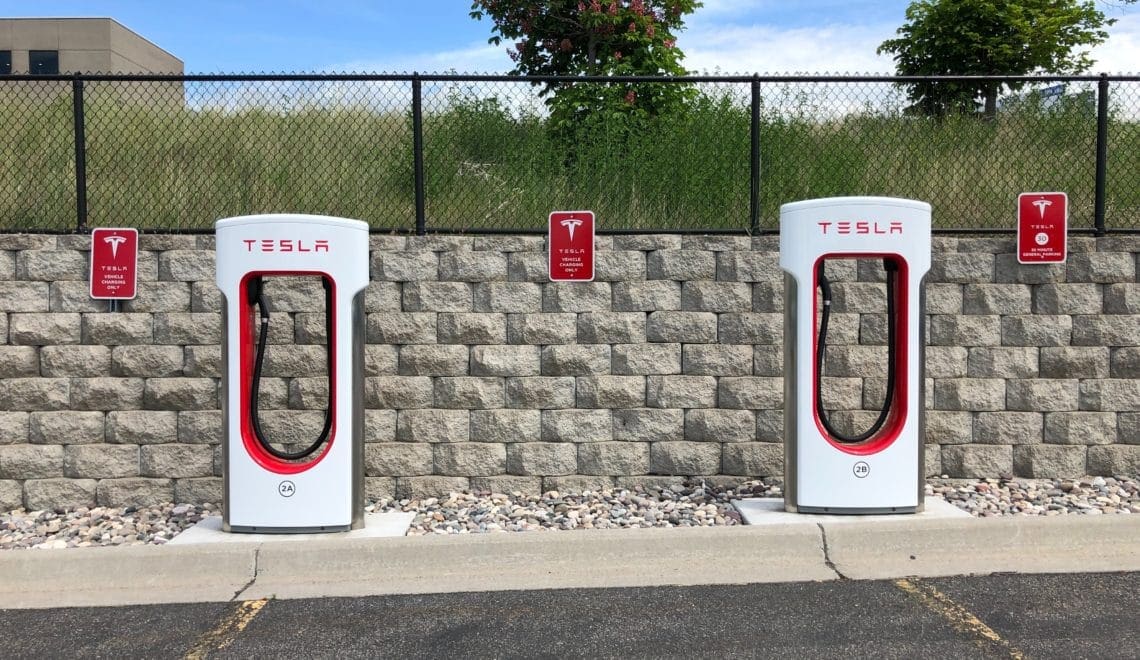Tesla unplugs from PR: Why that’s a bad move

When I first read the headlines that Tesla had disbanded its internal PR department, my mind returned to a story in the Capitol Hill newspaper Roll Call back in the 1980s when I was a congressional press secretary. The gist of the piece was about the perceived growth of the communications function on the Hill – the trending surfeit of press secretaries, communications directors, press aides, speech writers and the like (obviously well before the arrival of bloggers and tweeters and the cottage industry of social media-ites).
To my best recollection, the paper had surveyed congressional offices on both sides of the Hill, amassing data that found that a spike in communicators was, in fact, taking place. But there was an anomaly. The late Sen. William Proxmire stood out by holding the line on PR-type folks inhabiting the notoriously frugal senator’s office. It made sense. After all, Proxmire had a reputation for being thrifty with the public’s dollar, having created the Golden Fleece Award, a tongue-in-cheek honor bestowed on purveyors of government profligacy.

But when asked how it was that Sen. Proxmire could get by with just a single press secretary while his contemporaries had several, one staffer was quoted as saying, “That’s because in this office, everyone is a press secretary.”
So, when I heard that Tesla had jettisoned its inhouse public relations team, I figured it was just more of the same, especially when you consider Elon Musk’s propensity for running toward a microphone. And while the head of Tesla puts a premium on garnering media coverage, that premium only extends to positive coverage. His reaction to negative press is legendary, and at the end of the day, it is likely what fueled his decision to cut off the media. Reporters today who lob questions into Tesla hoping for an answer reportedly get no answers.
If that reminds you of another institution – think of a big white house in downtown Washington, D.C. – you wouldn’t be far off. The press corps consistently has their inquiries ignored, very often failing to even respond with the predictable “no comment.” At one point earlier this year, the White House marked a 300-day milestone without the traditional daily press briefing.
So, what gives? Not long ago, we saw media relations specialists as a growth industry, both in and out of government. Organizations saw the value of engendering strong, reciprocal relationships with the news media. More than that, they understood the obligation of being accountable to the public, whether they are citizens or customers. They recognized that not all stories would be favorable, that they were obliged to answer hard questions and that when positive stories did appear, they carried with them a level of credibility that organizations could not produce on their own.
That potential lack of credibility that comes with strong media relationships is what Tesla puts at risk. It may be calculating that an aggressive social media presence – wherein it can communicate directly and with untrammeled positivity – will be enough to keep the automaker top of mind and provide sufficient outreach to new audiences.
I for one am not so sure. When I moved to Richmond, Va., in the late 1990s, I took a post as director of communications for a startup funded by Circuit City. We had designs on reinventing the video rental business with a new DVD feature, and it was my job to begin creating some buzz about it. When it was time for the initial launch of the technology, the company was focusing on two markets, one of which was Richmond. Unbeknownst to me, Circuit City had instituted a policy where it refused to talk to the local Richmond daily. (It had objected to coverage of a lawsuit that company officials had deemed without merit.) Understandably, I pushed back on the policy, arguing that we were suppressing our marketing push by cutting off one of the major sources of coverage. Circuit City leadership eventually relented, and the local paper produced a series of positive articles, including on its front page.
Media relations can be a challenging and often frustrating part of the profession of public relations. Not all stories go your way. There are inevitable mistakes and biases, and some story pitches may not measure up to coverage at all. Despite these vexations, let’s not throw the baby out with the bathwater. Let’s recognize that ongoing relations with the media are important, necessary and valuable.
Tesla may come to understand that yet.
Leave a Reply